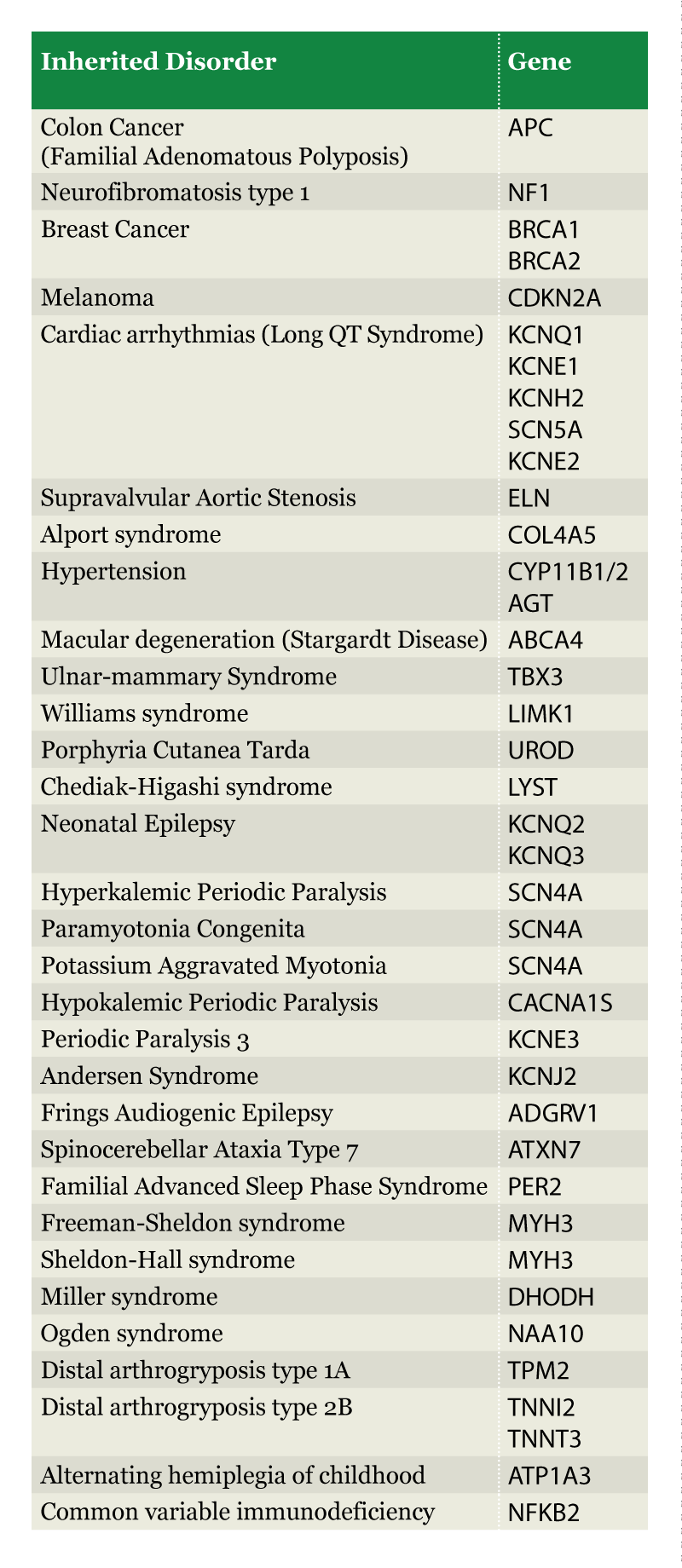Genetic discoveries change lives
The University of Utah has a long history of gene discovery. Our researchers have contributed to efforts to identify nearly 40 disease-causing genetic variations. Not surprisingly, these discoveries have been life changing for the families that are affected by these devastating diseases. For many, just knowing the cause of their illnesses is a huge relief. But the benefits extend far beyond that.
When doctors understand the genetic cause of a disease, they gain insight into which existing approaches might work to treat or prevent it. For example, patients with Long QT syndrome are at risk for sudden cardiac arrest. But if they know they carry the genetic variation that puts them at risk, they can take medication or have a device implanted to help control their heart rhythm.
Having the gene in hand also gives researchers something to work with for developing new drugs or other treatments.
Matthew Might, PhD, White House Strategist, likens his son’s battle with an undiagnosed genetic disorder to “fighting a professional boxer blindfolded.”
